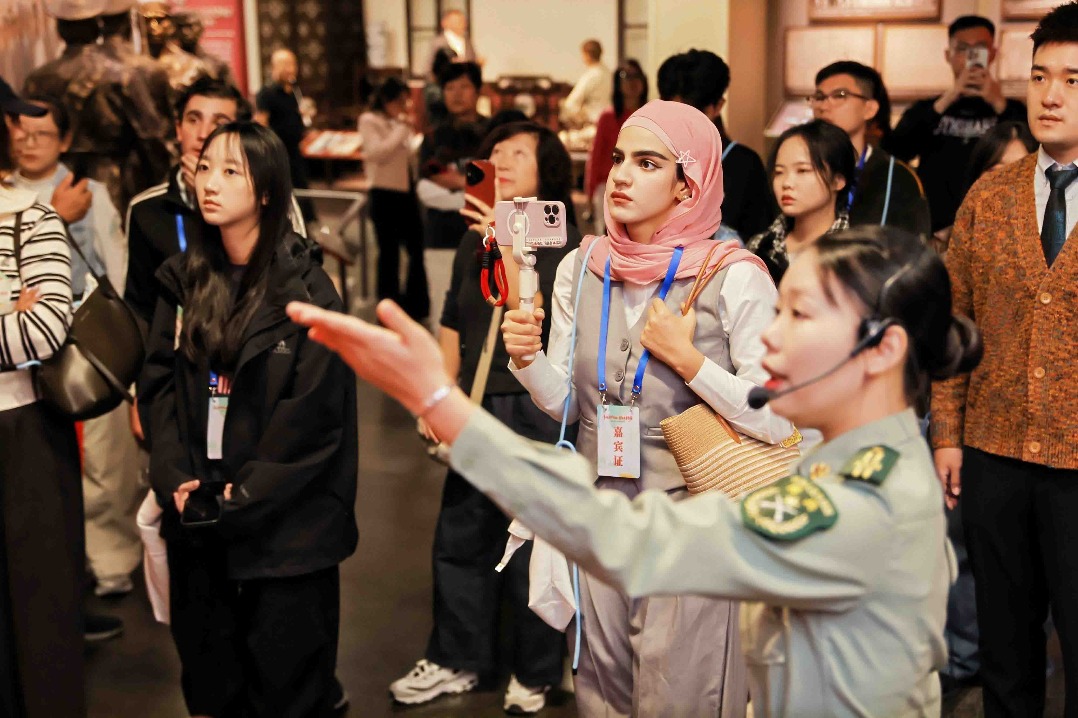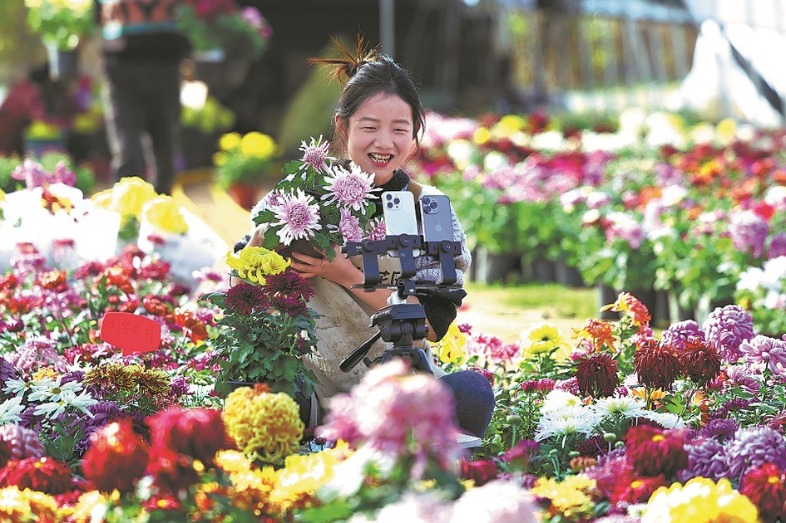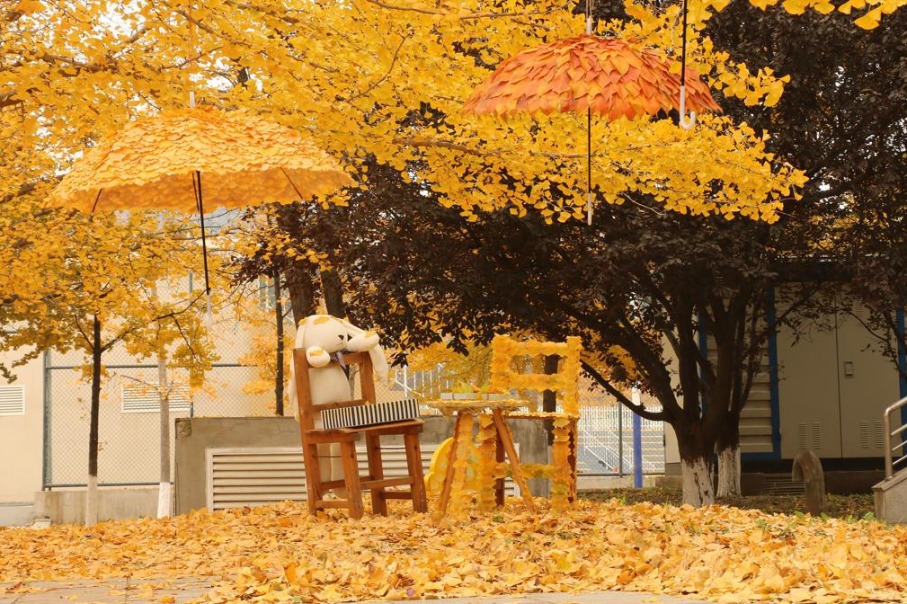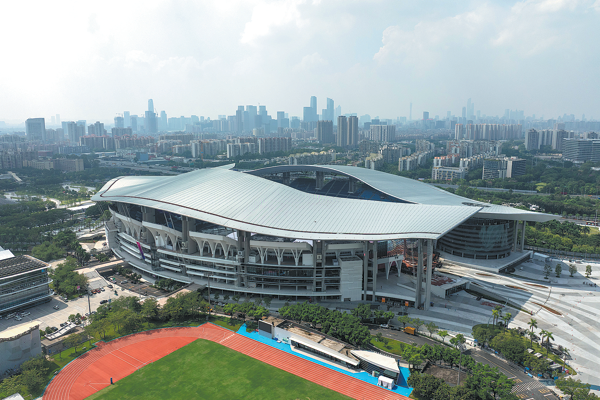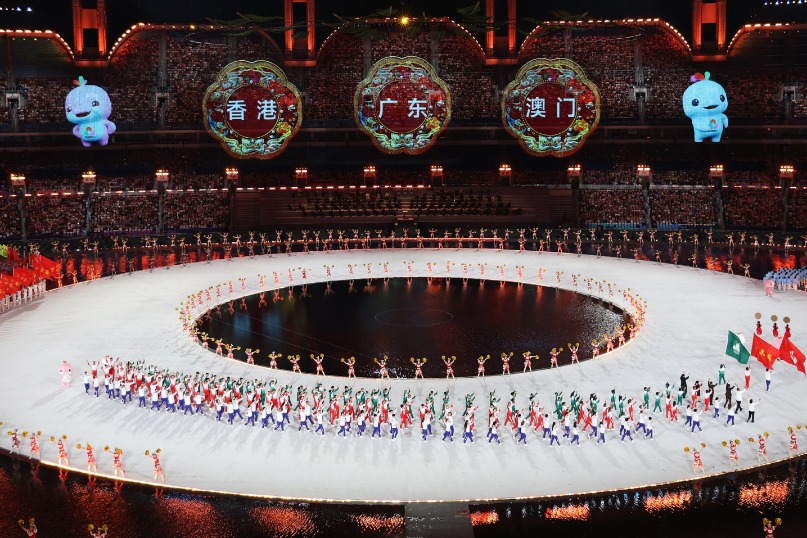When less is Moore

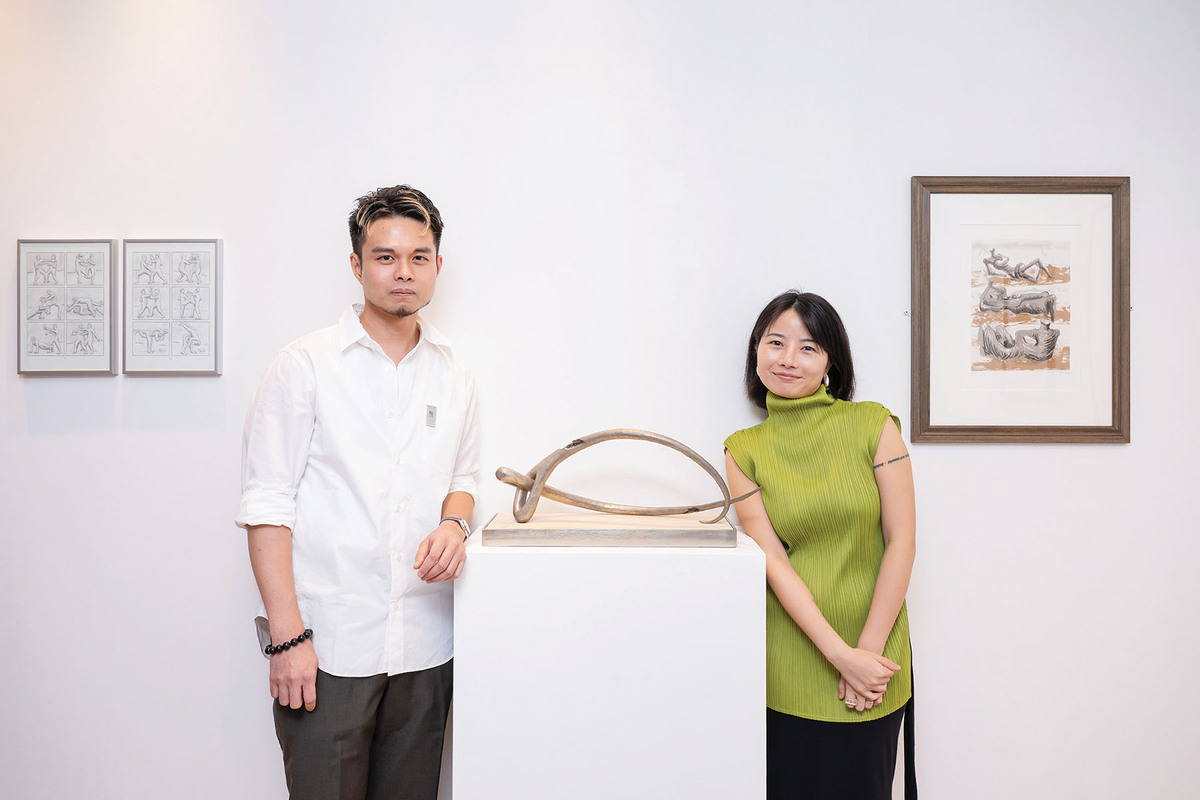
Looking at Zheng Bo's pencil-on-paper sketches of bamboo thickets at British Council Hong Kong's (BCHK's) Bookshop Gallery, one might be forgiven for wondering how they are related to artworks by the legendary British sculptor Henry Moore (1898-1986), to whom the exhibition is dedicated. Moore is known for creating monumental sculptures that take the edge off the protrusions and crevices of the human figure, turning them into well-rounded curvilinear forms, mostly with gaping holes. Compared with fellow exhibition participant Liao Wen's sculpture of interlocked giant needles — an obvious homage to Moore's obsession with volume, negative spaces and playful manipulation of the viewer's perspective — Zheng's sketches invoke a world of exquisite quietude, one in which it is possible to commune with nature.
Curator Jims Lam explains that Zheng's connection to Moore is "more conceptual than stylistic". Last year, Zheng created a bamboo garden in Somerset House in London, as part of his conceptual art project, Bamboo as Method. His bamboo drawings are sketches from that show, made on a daily basis for its entire duration — a practice that resonates with Moore's routine sketching of bones, pebbles and twigs accumulated in his Hertfordshire studio. Many of Moore's signature sculptures — different iterations of the reclining nude, for example — began their lives as a drawing of a random object in which the artist saw more than what meets the non-artistic eye.

- Tunpu culture: A collision of civilizations
- China begins preparations for Shenzhou XXII launch
- New teaching materials to aid international Chinese language education released
- CHTF features innovative tech that coverts seawater into plastic
- Policy allowing Guangdong vehicles to travel to Hong Kong takes effect
- HK and Shenzhen jointly host the first cross-border marathon of National Games


















